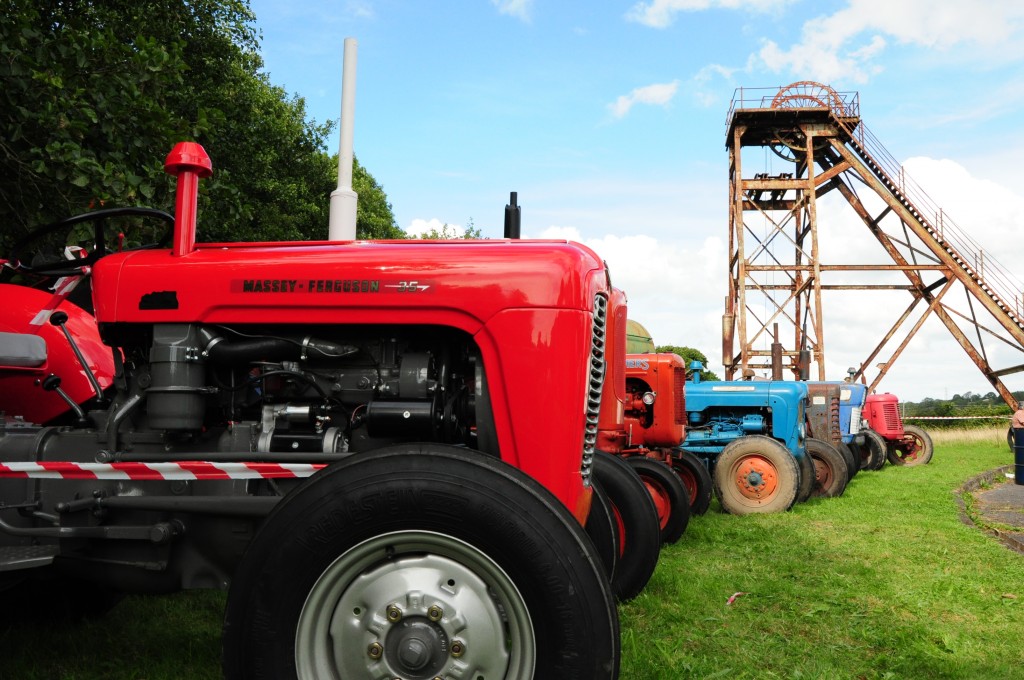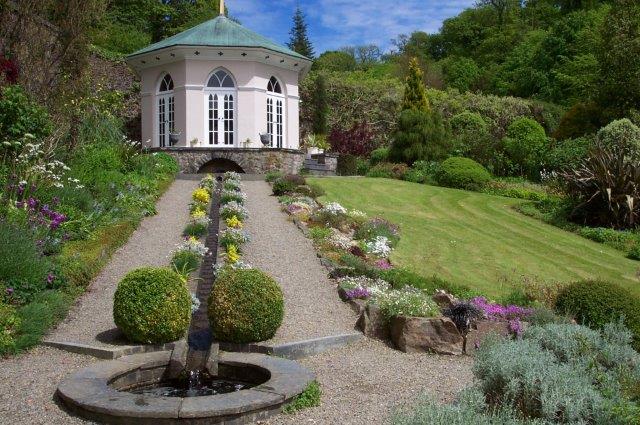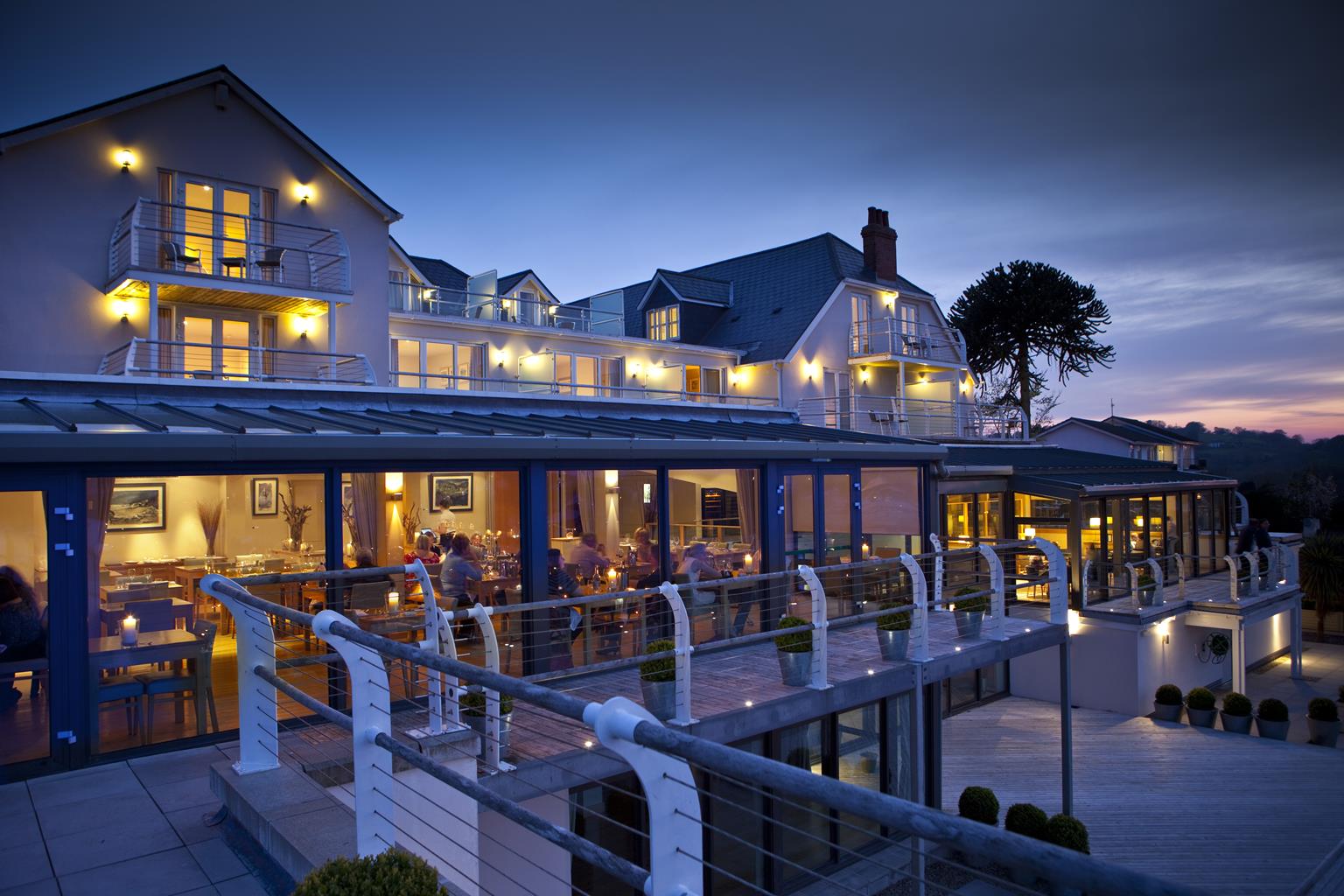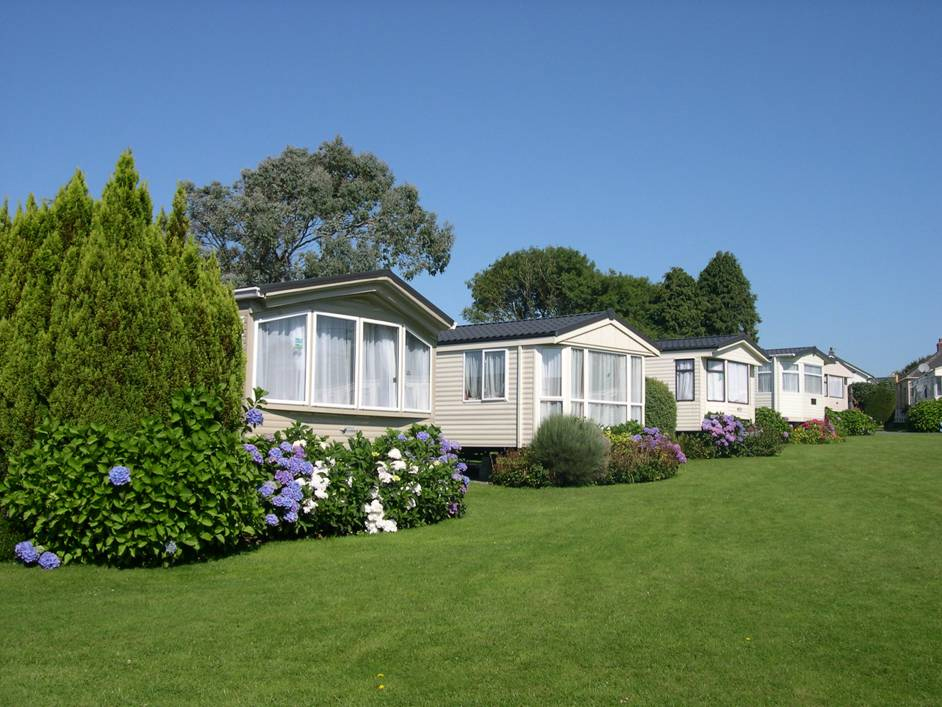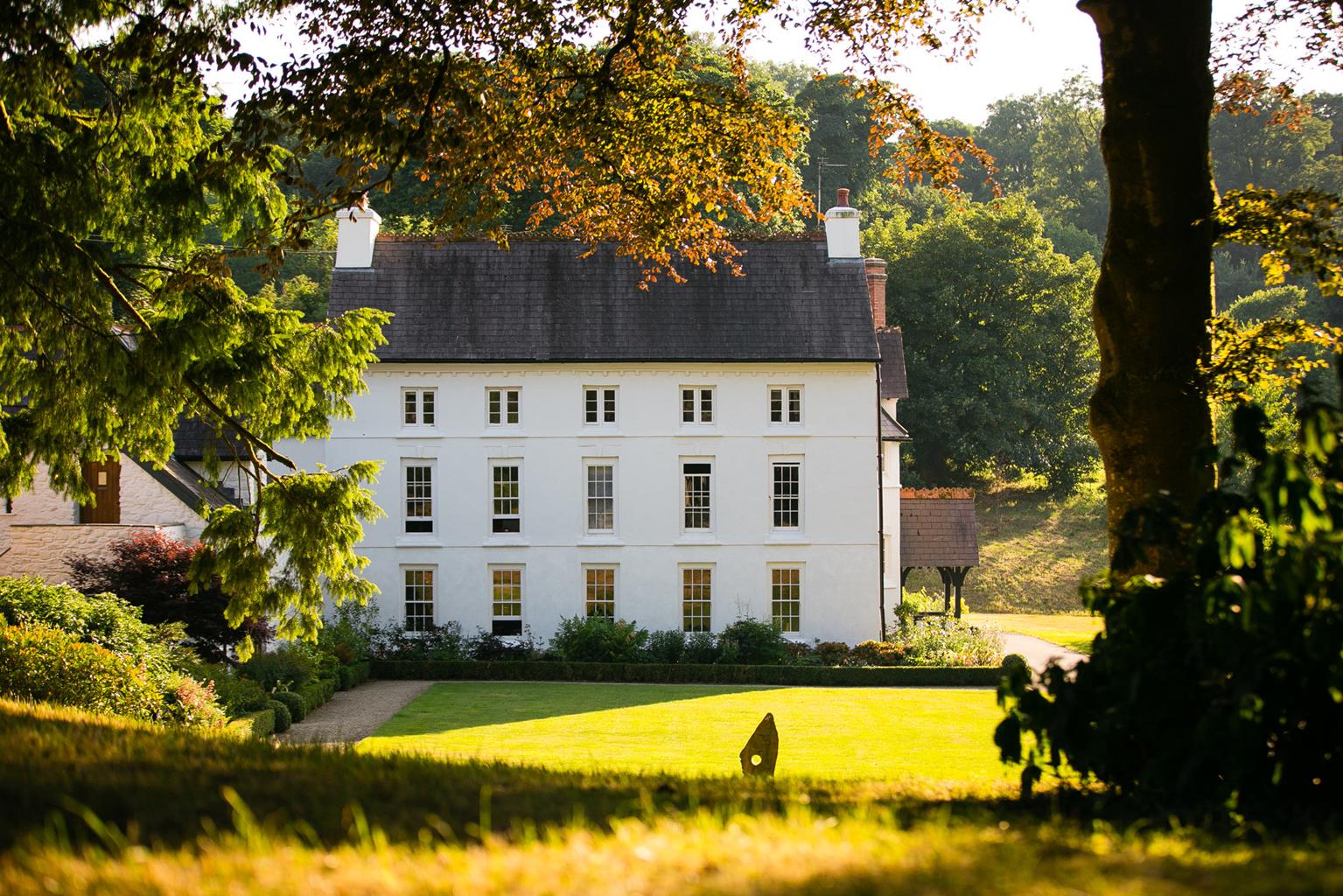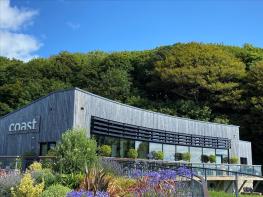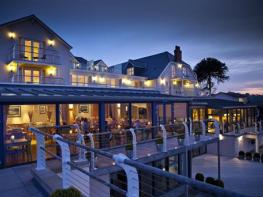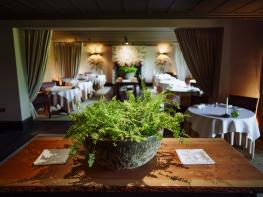Mansion House has been lovingly restored by the current owners, and is set in five acres of…
Our View
The Laugharne Castle of today bears very little resemblance to the building that was erected in the 12th century. The original castle was seized from the English by the Welsh three times before the end of the 13th century; it was then built and extended in several stages. Parts of the ivy-clad building on show today date from the early 14th century, while the gatehouse is thought to be 15th century. The grand entrance arch in the gateway was added later still, probably during the 16th century. In Tudor times Laugharne was leased to Sir John Perrott, said to be the illegitimate son of Henry VIII, who did not find the medieval castle to his courtly taste and set about converting it into a fine Tudor mansion. The castle came under siege during the Civil War, and some of the cannonballs fired at it by the Roundheads have been found deeply embedded in its sturdy stone battlements. Photo credit: © Crown copyright (2015) Cadw
Facilities – at a glance
Assist dogs allowed
Features
- Parking nearby
- Facilities: Portable induction loop, ramp from visitor centre
- Accessible toilets
- Opening Times: Open Apr-5 Nov, daily 10-5 (last entry 4.30)
Also in the area
About the area
Discover Carmarthenshire
Carmarthenshire is the largest of the historic counties of Wales, and known to have been inhabited since prehistoric times. Carmarthen, its county town, with its Roman fort, claims to be the oldest town in Wales.
Carmarthenshire was a heavily disputed territory between the Welsh and the Normans in the 12th and 13th centuries, and many of the castles and forts dotting its landscapes date from this period. They include ruins at Carreg Cennen, Dinefwr, Dryslwyn, Laugharne, Llansteffan and Newcastle Emlyn, as well as the slightly better-preserved Kidwelly Castle. Carmarthen Castle, meanwhile, saw further fighting during both the Wars of the Roses and the Civil War, when it was captured twice by the Parliamentary forces, and ordered to be dismantled by Oliver Cromwell.
In these more peaceful times, the economy of the county is mainly agricultural (the 19th-century Rebecca Riots, in which local farmers and agricultural workers protested against higher tolls and taxes, started in Carmarthenshire), and its fertile farmland is known as ‘The Garden of Wales’. A more literal garden, the National Botanic Garden of Wales, opened in 2000.
Nearby stays
Places to Stay
Dining nearby
Restaurants and Pubs
Why choose Rated Trips?
Your trusted guide to rated places across the UK
The best coverage
Discover more than 15,000 professionally rated places to stay, eat and visit from across the UK and Ireland.
Quality assured
Choose a place to stay safe in the knowledge that it has been expertly assessed by trained assessors.
Plan your next trip
Search by location or the type of place you're visiting to find your next ideal holiday experience.
Travel inspiration
Read our articles, city guides and recommended things to do for inspiration. We're here to help you explore the UK.






